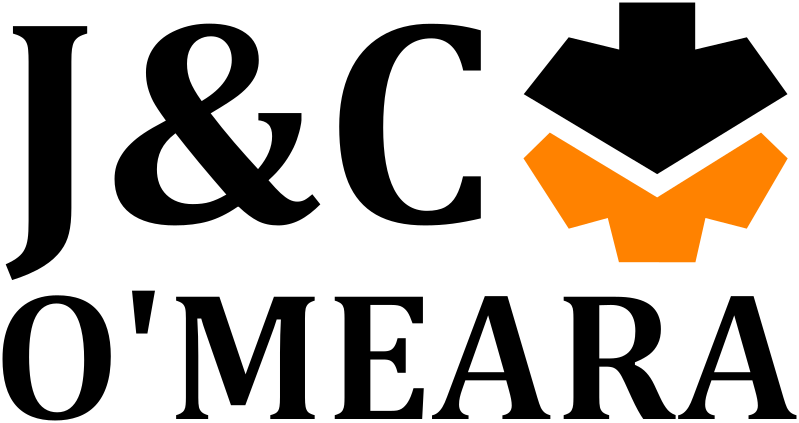The Benefits of Upgrading to a CNC Router
- John Shepperd

- May 6
- 3 min read

Introduction: Transitioning from manual or older woodworking machines to modern CNC equipment is a major step that many forward-thinking companies are considering. By upgrading to CNC routers, manufacturers can unlock a host of advantages that directly impact productivity, quality, and profitability. In this article, we explore the key benefits a business can expect when it makes the leap to CNC routing technology.
Increased Productivity and Efficiency
One of the most immediate benefits of CNC automation is the jump in production speed. A CNC router can operate continuously and rapidly, performing cuts and complex movements far faster than any manual process. Once a program is set up, the machine can run with minimal supervision, even outside of regular work hours if needed. This means you can accomplish more in less time, meeting larger orders or tighter deadlines without increasing labor costs. Additionally, the consistency of CNC operations reduces the need for rework or adjustments, further streamlining your workflow.
Greater Precision and Consistency
Handcrafted woodworking relies heavily on operator skill, which can lead to variations between pieces. CNC routers, however, follow computer-controlled instructions with pinpoint accuracy. Whether you're cutting one piece or a thousand, the results will be virtually identical. This level of precision (often within fractions of a millimetre) ensures high-quality outputs that meet strict client specifications. The consistency also boosts your reputation for quality, as customers receive uniformly excellent products with each order.
Versatility and Complexity in Designs
Upgrading to a CNC router opens up new possibilities for your product offerings. These machines can perform not only straight cuts but also intricate carvings, pocket cuts, engraving, and even 3D contouring. Designing a complex pattern in CAD software and executing it on a CNC is far more efficient than attempting the same by hand. This means your company can take on custom jobs or creative projects that might have been too labor-intensive or impossible with traditional tools. The versatility of CNC routers empowers your business to diversify its services – from cabinetry with elaborate inlays to custom-cut components for specialized installations – expanding what you can offer to your clients.
Labor Savings and Improved Safety
Another benefit of moving to CNC technology is the optimisation of labor. A single trained operator can oversee a CNC router as it works, whereas traditional methods might require multiple workers for cutting, shaping, and assembly tasks. By reassigning labor from repetitive cutting jobs to other areas of production (or by reducing overtime), businesses can save on labor costs. Moreover, CNC routers often improve workplace safety: operators are less exposed to dangerous cutting equipment since much of the process is enclosed and automated. Reduced manual handling of sharp tools or heavy materials means fewer opportunities for accidents and injuries – a benefit for both employees and employers.
Better Material Utilisation
Modern CNC routers often come with nesting software that efficiently arranges parts to be cut from each sheet of material. This optimal nesting reduces waste by maximizing the use of every piece of plywood or panel. Traditional cutting methods may leave larger off-cuts or require extra material allowances for human error, but CNC precision tightens those margins. Over time, using materials more efficiently can lead to significant cost savings on lumber, panels, and other raw materials. Plus, minimal waste supports eco-friendly operations – an increasingly important consideration for many businesses and their customers.
Competitive Advantage and ROI
In a competitive market, adopting advanced technology like CNC routers can set your company apart. Shorter lead times, superior quality control, and the ability to tackle complex, custom projects give you an edge over competitors still relying on fully manual processes. Many clients in commercial and retail sectors now expect suppliers to have CNC capabilities for reliability and precision. While the initial investment in a CNC machine is substantial, the return on investment becomes evident through increased production capacity and reduced errors. Companies often find that CNC equipment pays for itself after a few years of enhanced throughput and new business opportunities that were not feasible before. In essence, a CNC router is not just a machine purchase – it's a strategic move to future-proof your manufacturing.
Conclusion: The benefits of upgrading to a CNC router extend across all facets of a woodworking business – from the factory floor to the bottom line. Enhanced speed, accuracy, and versatility enable you to serve your customers better and take on projects that push creative boundaries. Furthermore, improved safety and material savings contribute to a more sustainable and efficient operation. At J & C O'Meara, we've seen countless clients transform their production after embracing CNC technology. With the right machine and support, your move to CNC routing can be a catalyst for growth, innovation, and long-term success in the woodworking industry.



